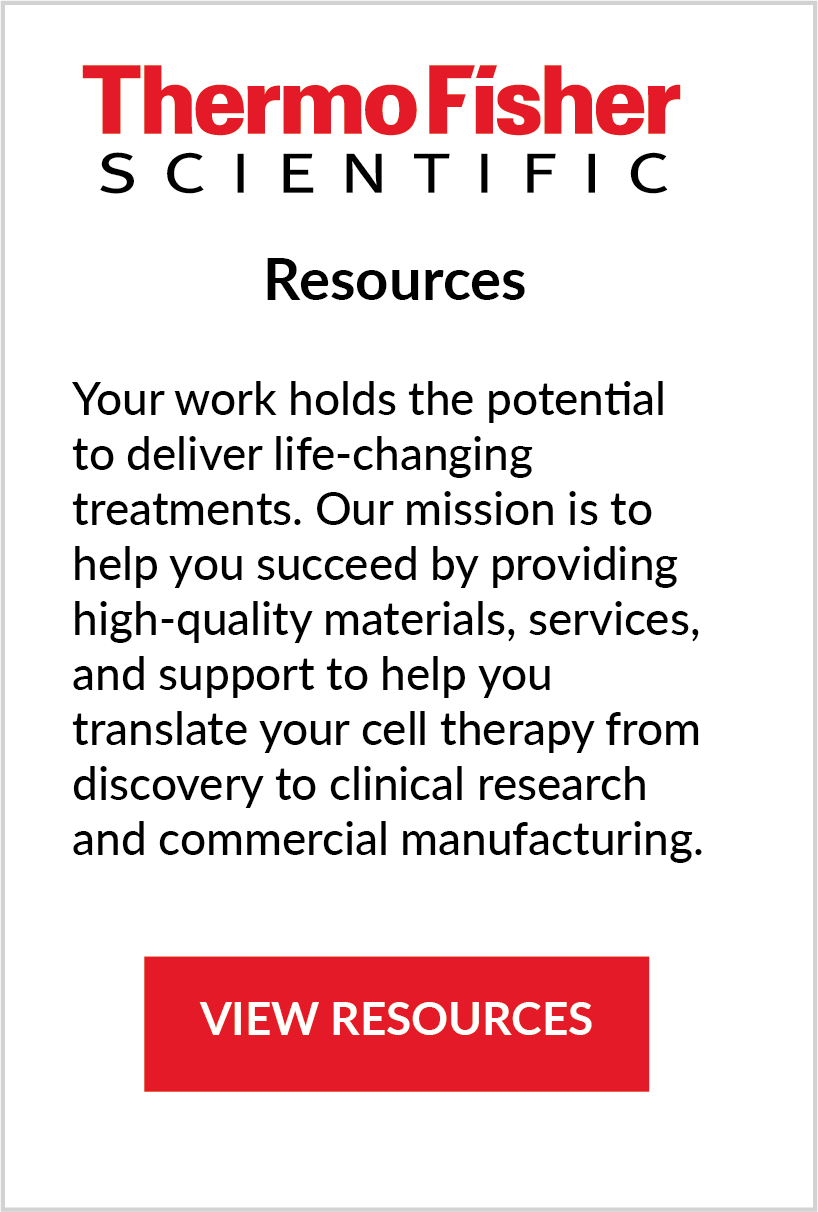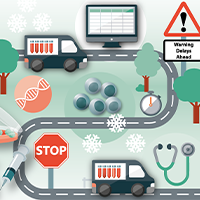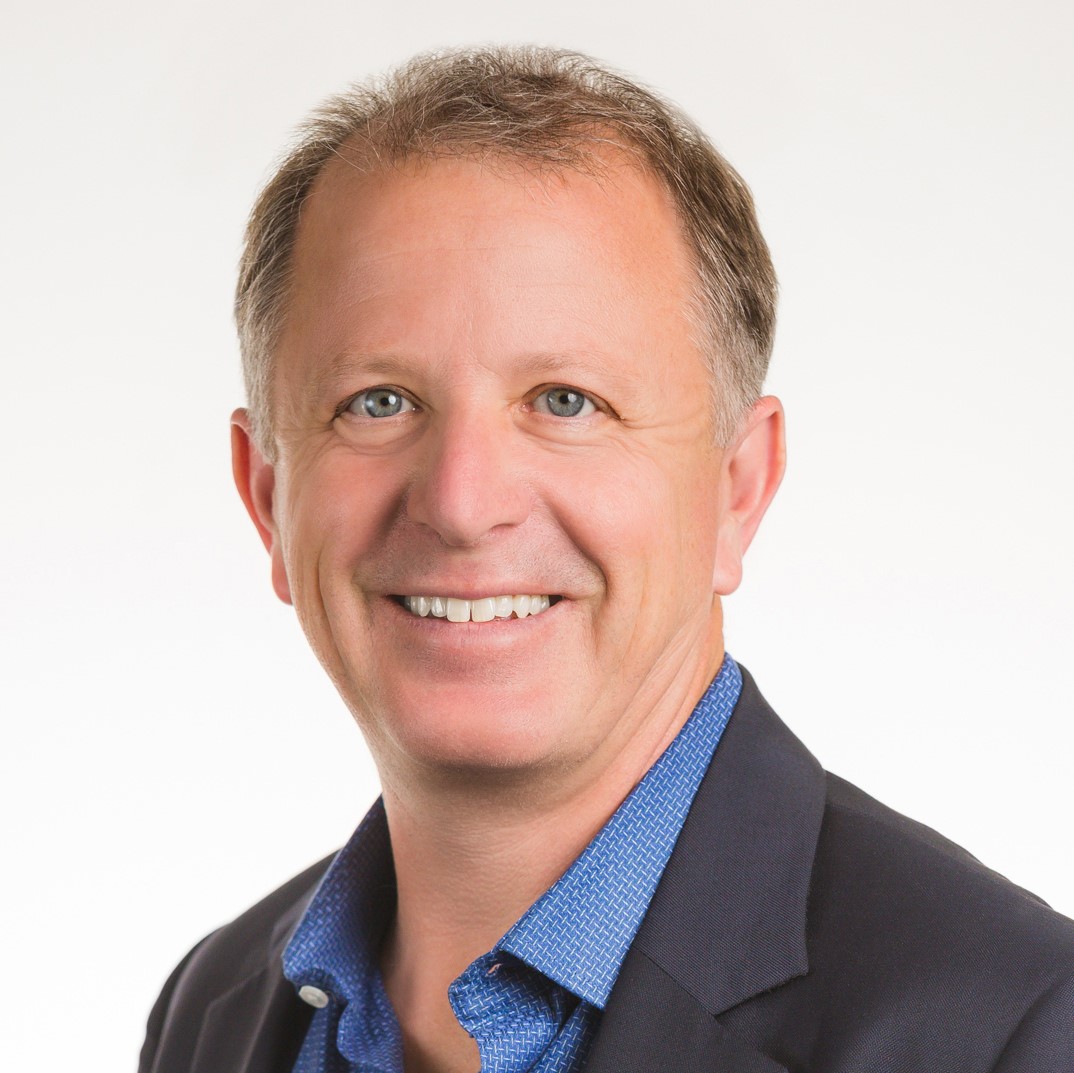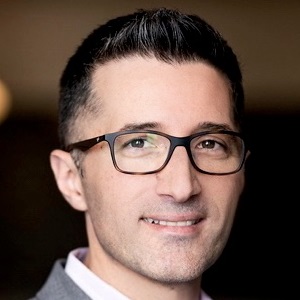Immuno-oncology manufacturing: progress towards streamlined commercialization
Cell & Gene Therapy Insights 2019; 5(6), 803–807.
10.18609/cgti.2019.094
AD: Let’s begin by discussing the current state of cell therapy cancer IO manufacturing and the issues it faces. I’d like to the panel to begin by framing the current drivers and challenges as they see them, and discussing barriers to progress towards a desirable future state in each case.
OA: We need to start by celebrating some of the success we have had in the market which paves the way for future advancements. We are targeting a brand new market where cell and gene therapy is addressing a very real unmet medical need.
One of the challenges we see in the cell and gene therapy market is linked to the fact we have a very academic manufacturing process. The question will be how do we get from this academic model and into the future scenario where we see more industrialization and more cost-effective methods?
Another major challenge is deeper characterization. A lot of the biology here is still unknown and that’s a very difficult starting point when it comes to manufacturing – therefore we need to continue to develop and deepen our understanding of the fundamental biology.
And finally, interlinked to the commercialization path for these therapies, there are a number of other challenges such as supply chain and the issue of reimbursement in order to get these products successfully into the marketplace.
KN: One issue that is not discussed enough is workforce development. We have seen a lot of success in terms of clinical efficacy and a lot of companies are springing up but one problem we certainly face is developing a workforce. This is especially important in the areas of regulatory, quality control, quality assurance, and even business development. To deal with this, we need to start focusing on how we work with universities and colleges to influence education and build a future workforce that will help us for years to come.
SZ: I agree that is an issue we need to focus on. When I was in the contract manufacturing organisation (CMO) side of the business, one of the biggest barriers to growing the business itself was workforce development and talent acquisition. As I have transitioned onto the sponsor side, the challenge remains. In order to grow and develop our company we need to focus on workforce development. That’s the only way to truly ensure scalability.
Another key challenge is the transition from bespoke academic type processes and procedures to transforming as a field to develop technological and procedural platforms that can make workforce development more universally applicable and therefore help us drive costs down. If each organization is developing this workforce to meet its unique needs, that’s not true scalability, that’s really just temporarily plugging the holes in our system. Therefore, to truly bring the field forward, it’s about moving from bespoke to more universal processes, approaches and platforms.
AD: Improving the depth of characterization with robust methods are probably THE central issues we address day-to-day – how should we drive towards better tools and more standardized manufacture?
KN: Over the past few years we have focused on improving process technologies, working out where the gaps are and what we need to improve but we haven’t spent much time on the analytical side, and I think that’s a mistake. Right now the assays that we are using are what we would call ‘academic assays’; by that I mean there is low throughput and the process is fairly hands on. There’s room for a certain degree of automation and a move towards high throughput. I would say that in order to improve all this, we need to share information between various companies.
I’ll give you an example: here at Mustang Bio, for our next phase, we have determined that having incubators in the cleanroom is a waste of space, and we really would like to take the incubators out. So we’re developing our own incubator prototype together with an engineering company but we purposefully haven’t made that that propriety and have left the IP open because we feel that if the incubator is a successful technology, we really want others to utilize it as well.
AD: What has your experience been with tech transfer and executing assays from potentially academic sources in order to translate them into an industrialised environment?
SZ: From a CMO perspective, I did not see this as a challenge but instead as an opportunity to provide value to the sponsors working with us. In a CMO we would get customers or sponsors whose analytical development, while appropriate for what they were working on or the stage of the trials it was supporting, was not necessarily set up as a platform for late stage development to allow them to progress to a commercial stage.
Our task was to balance out immediate needs so we could proceed expeditiously to the next stage of trial, whilst actually taking a little bit longer to reposition those assays in a CMO environment to allow customers not only the ability to move onto their next stage but to create the platform that allows them to fully develop them and validate them for commercial use.
AD: How does the novel nature of the therapeutics and their individual complexities make it difficult to develop analytical methods into off-the-shelf forms for this industry?
OA: I think there’s one element that really is not discussed enough which is the underlying biology of the drug. I think the complexity here is how are we finding the most critical quality attributes to control them. As mentioned earlier, one obstacle is secrecy surrounding each process. Everyone would like to protect their own knowledge base and that’s a drawback from making progress.
AD: Sanjin could you describe your experiences of relationship management from the CMO and client side?
SZ: CMOs I believe, and I’ll say that I’m somewhat biased given my background, are still a vital part of our entire ecosystem, and will become, in my opinion, more important as the field matures. Every sponsor entering into a CMO relationship should start with an introspective look to see what they are really looking to get from a CMO. Then this becomes a selection process that allows them to find the right partner.
From my experience, these searches start off from the technical side, with CMOs often very focused on technical competencies, without actually looking into how those technical competences are going to be applied and how they’re going to be managed and integrated into the overall business of your company. A CMO should in my opinion not be viewed as a transactional entity but as more of a true collaborative partner. There’s often not a very distinct or purposeful attempt to set up collaborations and maintain them.
With regard to comparability, this is not a CMO-specific issue. It’s just an issue in general, of scale out, expansion, and growth, of any business, as you move from one manufacturing site to multiple manufacturing sites. Comparability is something that actually needs to be very thoughtfully and intentionally managed from the beginning. As part of the CMO relationship and competence evaluation, it is important for you as a sponsor to ask yourself at the end of this journey, let’s say tech transfer to a CMO or another manufacturing site, how are you going to establish comparability, what are you actually measuring, how are you measuring it, and what are the capabilities necessary to achieve that? Then use that as the framework through which you evaluate and engage your partners, and then from there you can draw out the whole operation.
AD: When it comes to automation, there are two schools of thought at the moment, automate everything, GMP-in-a-box, versus focused automation of specific key unit operations, the “Build a Bear” approach. What are the pros and cons of each approach?
KN: I would say I’m a build a bear kind of guy. I don’t believe in the GMP-in-a-box concept much, for several reasons. If you do a GMP-in-a-box, you put your entire process in the hand of one vendor. I’m not sure that’s really where you want to be long term.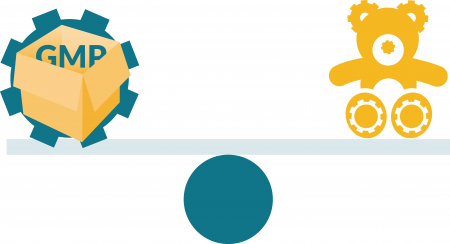
Here at Mustang we do use a GMP-in-a-box device, not for the entire process, but for certain processing steps. However, there are issues we’re running into sometimes, such as getting a software update that’s corrupt or a machine that’s not 100% functional. The risk of these types of failures to me alone is a reason to think about not putting your entire process into one piece of equipment. If you experience a failure mode, your entire process is going down.
However, if you do a modular approach, the build a bear approach, you have the opportunity to have a back-up on every process step. For instance, if you use device X in your processing, you can spec in a device Y in case device X is not working.
SZ: Overall, it’s situational and you have to first assess what you need to choose the right path. I would start with the build a bear approach as it’s a great risk mitigation strategy. As someone who has come into this field as a true biologist, from the perspective of evolution, if things are still individual, it allows you to really respond to challenges. Everything that can go wrong will go wrong in development, so by using a modular approach you can respond to it much more flexibly.
I would say there is a time and a place for GMP-in-a-box. After refining the process through a build a bear approach, and I have really defined my design space, my parameters have good control of the system and its needs, then in order to make it more efficient and less costly, I would create a GMP-in-a-box version of my process. However, I would keep the blueprint very modular to continue to evolve my core technology.
OA: In order to really optimise and improve certain parts of the process I do believe that the way to go right now is to do a unit operation type approach. We did an exercise some time back and tried to go back in time to look at where we are today, and we were wrong 5 years ago. So 5 years ahead of us, will we accurately predict where we are? I’m not so sure. Because the rapid evolution of this market is going to take us places we don’t even know about today.
As such, I think we need to keep a very flexible approach in order to test new technologies in certain parts of the workflow. I think this will be even more important when we work more on solid tumors.
KN: I think it’s important to remember that if you go with a GMP-in-a-box, you really need to think about life cycle management of your asset. Ultimately if you end up with an all-inclusive device, you want to understand what the commercial impact is, what the license fee is and the technology fees you have to pay. You don’t want to go through all of clinical development to learn half your revenue is going somewhere else.
SZ: I would also say that the build a bear approach leads us as a field away from the bespoke nature of our manufacturing, which, as discussed earlier, is one of the root causes of the scalability and cost challenges we’re facing as a community and field in general.
When we go with GMP-in-a-box, especially at the very beginning, it has to be by definition very bespoke, versus if we’re working a unit operation process, we can as a field share those unit operations while still, for the purpose of our IP development and protection, protect let’s say a very specific utilisation of those unit operation platforms. This way the ecosystem of device manufacturers and CMOs can still all have a universal palette of unit operation technological competencies that allow them to service the entire environment in a more effective and flexible way.
AD: A key element supporting renewed optimism for allogeneic approaches is the rise of gene editing. Can we talk about the economics of allogenic and gene editing’s impact on this?
OA: I think we’re at the very early stage of the transition into an allogeneic space. One of the things the market struggles with at the moment is using healthy donors, which does of course help with some of the economics of these therapies. I think we are now starting to see more of the end point coming into play, which is a more salon-based approach where you really can talk about scale. It’s going to be a rough road because there are so many things you need to control. You need to have high efficiencies and you need to control the safety aspect of allogeneic. Particularly if you want to advance your programme in a clinical setting, it’s going to be challenging, because the technology is very new, there are many things you need to manage from a safety aspect before we see a broad use in the clinic. I’m very much in favour of finding the right balance between autologous and allogeneic – both represent important modalities.
KN: The main issue from my perspective is clinical efficacy and safety. Part of the allo/auto discussion is also of course the reimbursement or price tag. If you look at the cost of goods of an allogeneic therapy, I’m not convinced yet it’s that much cheaper than autologous. The reason for this is you have significantly more processing steps with gene editing. Besides this, you also have to have the mechanism of sorting out the non-edited cells. I haven’t seen really convincing data to tell me that the allogeneic approach will be one tenth of the cost of an autologous approach. By not being significantly cheaper, the question becomes why would you prefer allogeneic over autologous, for example in the CAR-T approach, if it’s roughly in the same ballpark price?
SZ: Ultimately for me, allogeneic is the future, but the future might be much further away than people are thinking about. The key issue to resolve for the future of allogeneic is around donors. We have to not think in terms of donors but in terms of cell lines. Once we get to the point where we have established lines, such that the source material is actually truly allogeneic, only then can we think about the downstream applications of various gene-editing technologies. At the end of the day, if I had a choice I’d much rather go with an autologous product just out of concern for safety and efficacy.
If you also look at how the reimbursement is working, Kymriah and Yescarta as well as a couple of other drugs that are now commercial are using performance-based reimbursement. So, in essence, if you have an allogeneic product that might start out at a lower price tag but is not as efficacious, the company developing it will not actually get as much reimbursement out of it as an auto product.
As someone working on autologous therapy, I ask myself, do I resolve the issue of cost of goods by going allogeneic or do I resolve it through technology to make my autologous product even better? I’m moving more towards the latter rather than the former.
AD: What are your thoughts on the safety profile of these products and the tests which will assure that safety?
OA: The issue is that as you increase the complexity of the product, you need to effectively manage genes and how they are transcribed. It’s going to be important to remove all the impurities that each process will generate. There will be cells that escape the CRISPR or TALEN technology and they need to be removed. This will trigger new assays, new detection and in-process controls, and as such the complexity and risk will increase. Manufacturing will be far more complex than today, which is complex enough. It’s an opportunity for companies like the one I represent, so we’re ready to play and see where we can help.
AD: We haven’t touched yet on capacity as a key bottleneck, which perhaps manifests most clearly today in viral vector supply – what does the panel make of recent trends in this regard?
OA: The typical footprint of an emerging area like cell and gene therapy is really around technologies and production capacity. Typically in emerging markets you see a lot of small players move in with niche technologies. The technologies that these companies have is often good, but the challenge for them is to increase their capacity and gain investment to drive technology advancement as well as advancement in manufacturing and quality.
It’s only natural that the larger players start to react when they see the market mature. It’s also an opportunity for larger companies to not only come in with their capacity, but also to leverage some of the technologies that are important to optimize new technologies like improved production. This is where the bigger companies can actually help advance the field more rapidly. It’s only a natural thing, evolution of the market, and it’s a good sign because it means the market is getting more mature.
KN: We have decided to build our own manufacturing facility, based on the assessment that with multiple programmes it becomes eventually more cost effective to do it this way. One problem we are seeing capacity-wise these days is there’s a lot of facilities that are large, and there’s a strong belief you need a large footprint to produce these kind of products. When you look at these facilities they look very much like biologics facilities with clean rooms and the infrastructure is geared towards what I would call biologics. However, really the way we look at it is if you design the facility around your process, you actually get more capacity out of a smaller footprint, and that ultimately relates to cost reductions.
For example, lentiviral transduction is very short and requires a small footprint, so the cleanroom for that unit operation will be very small compared to a fill finish room. We’re looking at an incubator that we don’t put in the cleanroom but put outside, in a clean room space but not in the designed clean room, because that way you can separate products. I think going forward, smart facility design is one way of reducing the costs dramatically.
SZ: There’s a lack of manufacturing capacity not because the current availability of manufacturing capacity in the field is a small footprint, or not a sufficiently large footprint of universally applicable capabilities and capacities, but it’s actually because its rather too big a smorgasbord of loosely related pockets of capability.
What Knut just said really dovetails into the comment I really wanted to drive home here, which is that what we have to do as a field is in this theme of standardization, when all the facilities are organized in a way that universally fits everyone. In my previous role, in my portfolio at one time I had 12 customers who basically were doing 99% the same thing, but everyone was doing it in a completely different way. So of course, there’s shortage of manufacturing capacity, because you have to reinvent the wheel for every car that comes into your garage. It’s not just a matter of size, not just a quantitative question for me, it’s more of a qualitative question.
AD: If you could wave a magic wand, and conjure up a single solution for any of the issues we’ve discussed today, what magic would you create?
KN: I think my wand would not go to the processing side, but to the QC side. I think if I could have my wish I would have an a fully automated FACS and PCR technology because that’s where in QC we spend a lot of operator time, which again translates to cost.
OA: Since I am wearing an R&D hat today, I have to go for the solid tumor space. I see there is an opportunity to generate T cells regardless of donor that will be effective in a solid tumor environment. This would mean T cells trained for an enormously complex and hostile environment and this will require multiple technologies put together. We see now that might be possible, and that’s my passion to make sure that happens.
SZ: I agree with Knut, and for me the focus is actually on quality control. I think if we can enhance the ways in which we can characterise, for example, the phenotype of the cells, understand how it actually aligns with their functionality, develop a broader range of functional assays that replicate the biological processes that are underlying the mechanism of action then we can unlock future problems. By having that greater understanding at earlier stages of trials, this would help us get in an improved automation of processes, drive manufacturing efficiency, and facility design because everything stems from understanding your product.
This work is licensed under a Creative Commons Attribution- NonCommercial – NoDerivatives 4.0 International License.
Thermo Fisher Scientific is here to help you in any way we can. Please let us know if you would like a Cell and Gene Therapy Specialist to contact you regarding our GMP-grade media and reagents and/or QC/QA/lot-release assays for in-house testing.